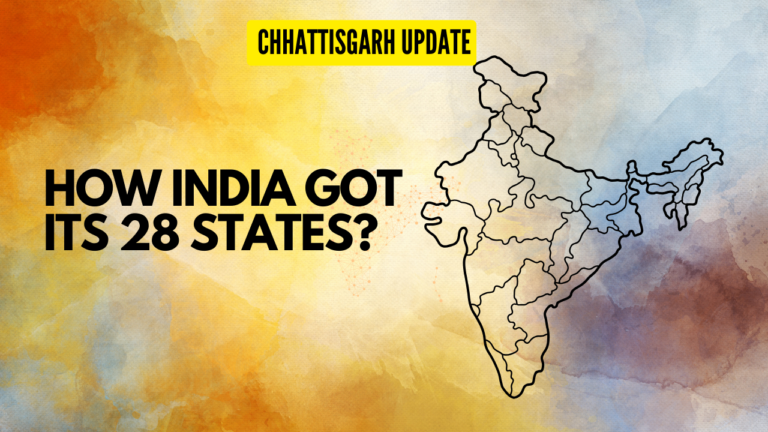In Chhattisgarh, agriculture is the primary occupation for over 80% of the population, making it the backbone of the state’s economy. Rice, the main crop, covers approximately 77% of the net sown area. However, the reliance on rainfed agriculture poses significant challenges for the state’s farmers. Only about 20% of the total cultivated area in Chhattisgarh is under irrigation, leaving the majority dependent on erratic rainfall.
The state’s agroclimatic zones present varying levels of dependence on rainfall. Around 73% of the Chhattisgarh plains, 97% of the Bastar plateau, and 95% of the northern hills rely solely on rainfed agriculture. This heavy reliance on rainfall limits the cropping patterns and productivity, especially during dry spells.
Chhattisgarh faces a crucial need for irrigation infrastructure development. As of now, the state has limited irrigation facilities, primarily consisting of dams and canals constructed on some rivers. The availability of irrigated land suitable for double cropping is restricted to approximately 87,000 hectares in the Chhattisgarh plains and 2,300 hectares in the Bastar plateau and northern hills.
The growth of irrigation in Chhattisgarh has been notably slow. In 1998–99, only about 22% of the net cropped area in Chhattisgarh was under irrigation, compared to the national average of around 40%. This low rate of irrigation expansion is a cause for concern, as it limits agricultural productivity and economic benefits for farmers.
Recognizing the importance of irrigation for agricultural development, the Chhattisgarh state government has prioritized irrigation infrastructure projects. Several major, medium, and minor irrigation projects have been completed, with more under construction.
Improving irrigation infrastructure is crucial for Chhattisgarh’s overall development. The state’s large variations in yearly rainfall directly affect crop production, particularly rice. Enhancing irrigation can provide stability to agricultural production and livelihoods for farmers.
In conclusion, Chhattisgarh’s agriculture sector, despite its significance, faces challenges due to limited irrigation. To fully harness its agricultural potential and boost economic growth, the state needs to continue investing in irrigation infrastructure and modernization, allowing farmers to increase productivity and move beyond subsistence agriculture.



